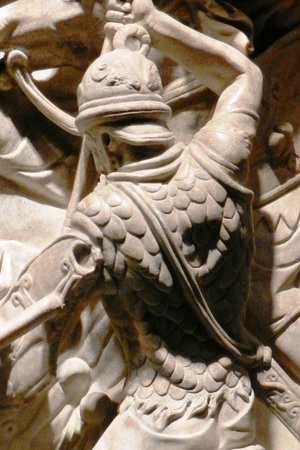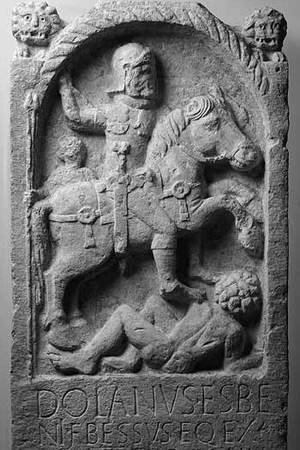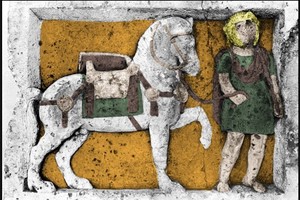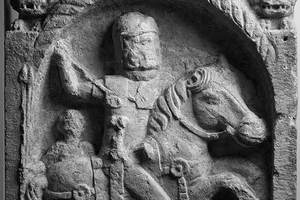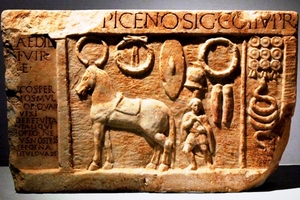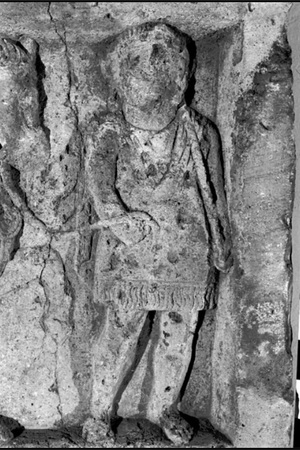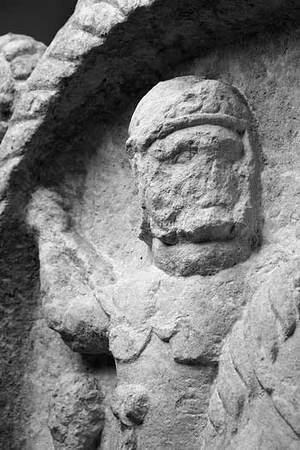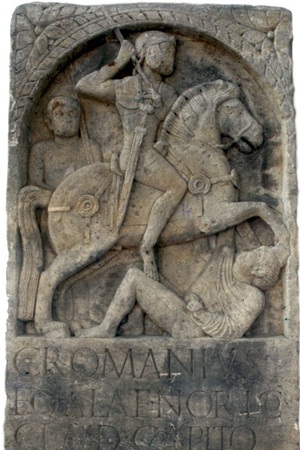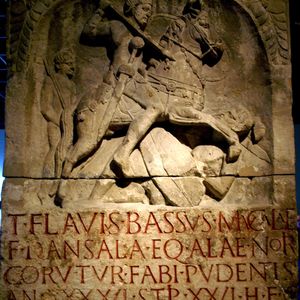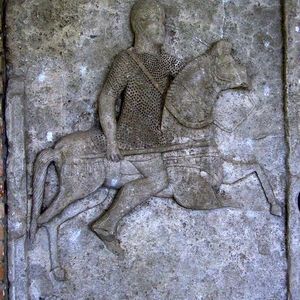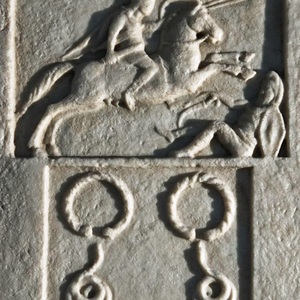Equites - Horsemen
Equites, or horsemen (Latin: equites), were a type of cavalry in ancient Rome, consisting of citizens of Rome. Later, it also became the name of one of the privileged classes in the Roman state. The name originates from the Latin word "equus," which means "horse."
Originally, during the regal period and the early Republican era, the equites were a noble class of society who fought on horseback. The average resident of Rome could not afford to own a horse. As a result of the Servian reforms (6th century BCE), the equites began to be organized into 18 centuries, which constituted part of the highest census class of Roman citizens.
Subsequently, with the formation of nobility in Rome (3rd century BCE), the equites became the second most privileged class after the senators. With the development of trade and usury, owners of large workshops, moneylenders, as well as wealthy and influential citizens of Rome, began to enter the ranks of the equites based on the census.
By the 2nd century BCE, the equites had fully developed into a distinct class of Roman society—an affluent and influential aristocracy whose material base was the possession of significant financial resources and movable property. Trade and tax farming in the provinces were common occupations for the equites. They often held high administrative positions. Although the political influence of the equites was less significant than that of the senators, they accumulated enormous wealth.
The term "equites" also referred to a type of gladiator in Ancient Rome (see Equites - gladiators).
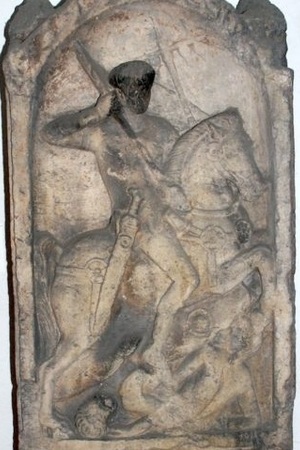 Bas-relief of the signifera of the 1st ala Hispanorum, Quintus Carminius Ingenuus. Found in Worms, Germany. 1-2 century AD
Bas-relief of the signifera of the 1st ala Hispanorum, Quintus Carminius Ingenuus. Found in Worms, Germany. 1-2 century AD Equipment
Thanks to their wealth, horsemen could afford the most colorful and high-quality equipment. It was richly adorned with embossing, gilding, and silver. Unlike legionary equipment, the equipment of horsemen was modified for mounted combat. The helmets had a smaller back part, and instead of the short stabbing gladius, they used long spathas for slashing blows.
The equipment of a horseman during the 1st and 2nd centuries CE could consist of the following elements:
Equestrian equipment:
Fabric / Leather items:
Protective equipment items incorporating metal:
Weapons items:
Additional elements:
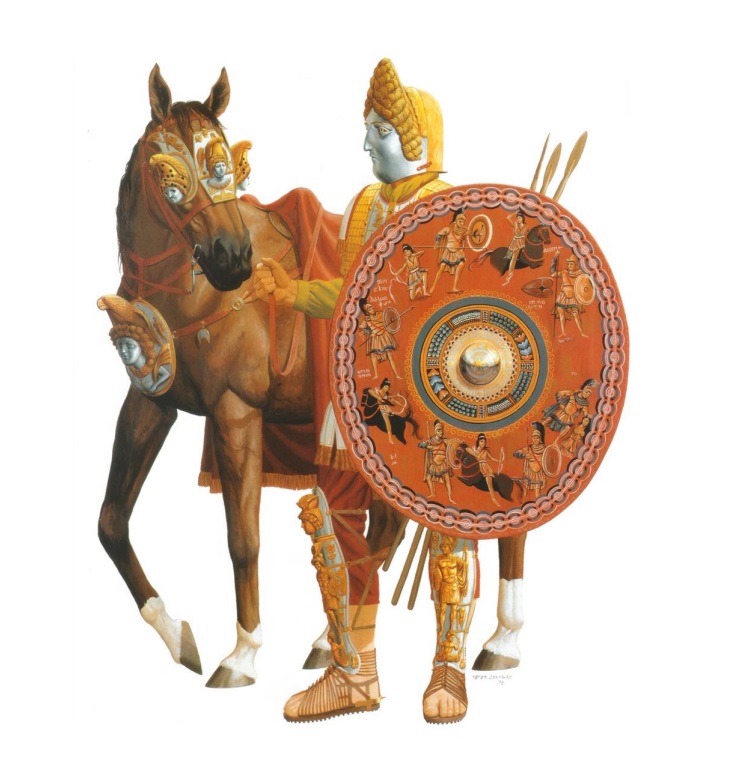 Illustration from the book Evidence for horse armour in the Roman Army
Illustration from the book Evidence for horse armour in the Roman Army
Reenactment
The portrayal of a horseman is one of the most expensive and complex reconstructions. It is recommended to start with a horseman-auxiliary, who also fought on horseback but had a simpler and cheaper equipment. Begin with the minimum set - tunic, belt, and footwear. After that, with a horse at hand, start selecting equipment for it, making a saddle and harness. It should be noted that the Romans did not have stirrups, which requires additional skills from the future horseman.
Related topics
Roman equestrian equipment, Mask, Ala, Senator, Gladiator Equites
Literature
Evidence for horse armour in the Roman Army - Sebastian Schuckelt.pdf

 Gallery
Gallery






